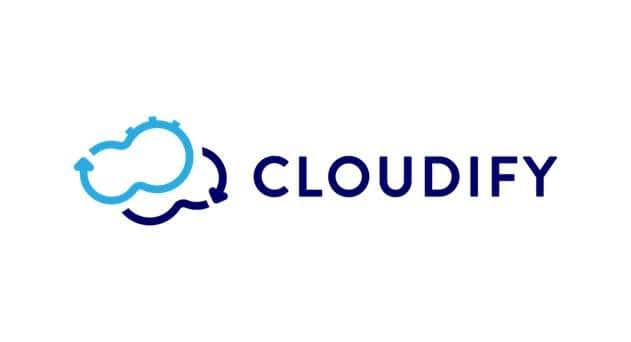The latest version of the open-source Cloudify orchestration software makes big strides toward giving both major user groups - service providers and enterprises - the features they need to orchestrate the most demanding cloud applications and network services without compromising on robust security.
Cloudify is an open-source orchestration platform and a widely deployed, production-grade implementation of the TOSCA standard. It offers management and automation of both applications and network services in heterogeneous environments, as well as distributed management through clustered management.
Cloudify is designed to deliver fine-grained role management, with tenancy and access control built in to enable full control. It includes self-service capabilities enabling historical analysis of resource usage, providing deep and intelligent insights about performance and cost.
The new version delivers this with features such as, production-grade, role-based access control (RBAC), single sign-on (SSO), lightweight directory access protocol (LDAP) integration, multi-tenancy, standard support through the pure ARIA TOSCA plugin, interoperability and cross-cloud functionality through the new Kubernetes provider plugin and cost and performance optimization through the new Insights-as-a-Service
The new version supports custom infrastructure for Kubernetes, offering the ability to reimplement without rewriting multiple instances on the same cluster. This makes interoperability possible with other stacks and pre-existing stacks. Now everyone—and not just developers—can manage complex Kubernetes clusters.
Nati Shalom, Co-founder and CTO, Cloudify
Cloudify 4.2 comes with Kubernetes providers that allow interoperability with multi-cloud and multi-stack environments, new security features that allow better control as to how the cloud infrastructure is used, and new insights-as-a-service that adds utilization and cost insights.




















